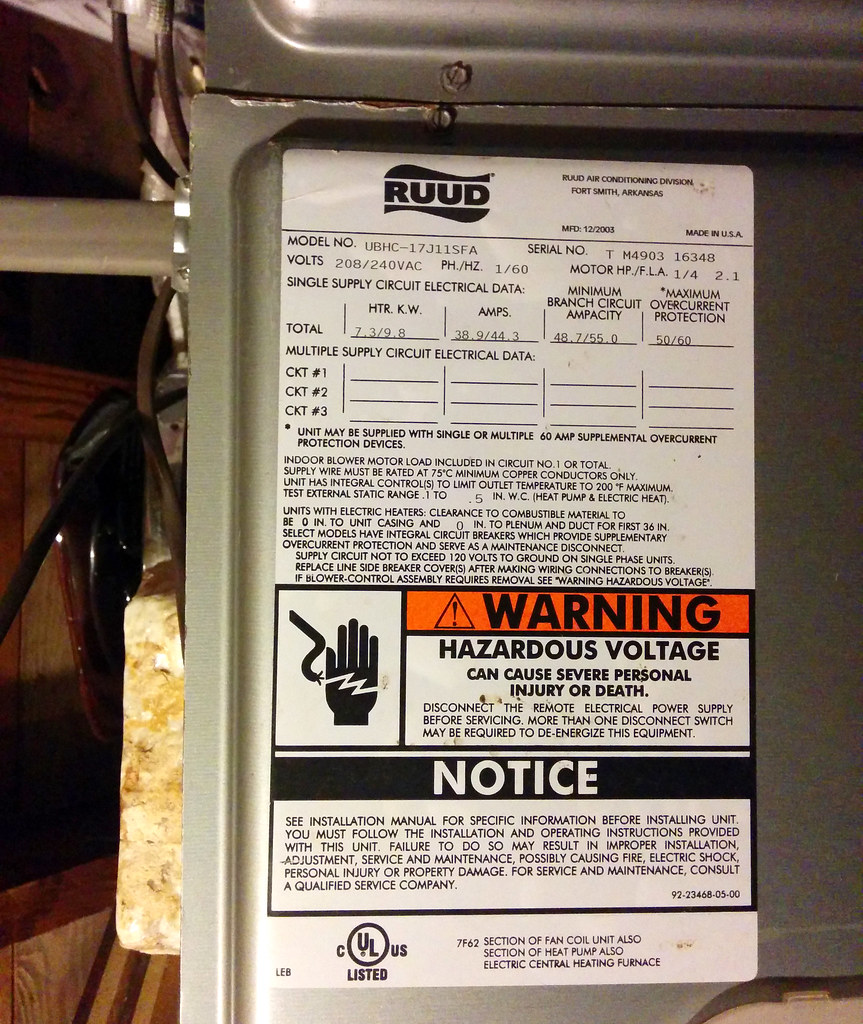1. Introduction
Air conditioning is an essential part of many homes and businesses, providing relief from the heat and humidity of summer. But when an air conditioner breaks down, it can be a major inconvenience. Fortunately, with the right knowledge and tools, it’s possible to check a broken air conditioner yourself. In this article, we will provide a step-by-step guide on how to check a broken air conditioner, with safety tips for working with electricity and refrigerants. It will also cover troubleshooting common air conditioner problems, as well as testing electrical connections.
2. Safety Tips
Before attempting to check a broken air conditioner, it’s important to take all necessary safety precautions. This includes turning off the power to the unit at the main breaker or fuse box before beginning any work. Additionally, make sure you wear gloves and safety glasses when handling refrigerant lines or other parts of the unit that may contain hazardous materials such as Freon or other refrigerants.
3. Checking the Compressor
The compressor is an essential part of any air conditioning system and should be checked first when troubleshooting a broken unit. Begin by checking for loose or corroded wires leading to the compressor; these should be securely connected and free from damage or corrosion. Next, inspect the compressor itself for signs of wear or damage such as cracks in the housing or leaks in the seals that could indicate a need for replacement.
4. Checking the Condenser Coil and Fan Motor
The condenser coil is responsible for removing heat from inside your home by dissipating it outside through its fan motor. To check these components, first make sure that there is no debris blocking airflow around the condenser coil itself; this can cause overheating and cause your system to shut down unexpectedly due to lack of adequate cooling capacity from its fan motor. Next, use an ohmmeter to test continuity between each terminal on the fan motor; if there is no continuity present then it may need replacing due to electrical failure or damage caused by overheating from blocked airflow around its condenser coil
5. Checking the Refrigerant Lines and Evaporator Coil
The refrigerant lines are responsible for carrying cooled refrigerant throughout your system; if they become blocked then your system won’t be able to cool effectively due to lack of adequate flow through its evaporator coil which acts like an air cooler inside your home providing chilled air into your living space.. To check these components visually inspect them for signs of wear such as cracks in their insulation which could indicate a need for replacement due to leaking refrigerant causing damage elsewhere in your system
6 Testing Electrical Connections
Next use an ohmmeter again to test continuity between each terminal on your thermostat; if there is no continuity present then it may need replacing due to electrical failure or damage caused by overheating from blocked airflow around its condenser coil.Additionally inspect all wiring connections throughout your system making sure they are securely connected without any visible signs of corrosion or damage which could prevent adequate power supply reaching all components including motors fans etc
7 Troubleshooting Common Air Conditioner Problems
When troubleshooting common problems with an air conditioner it’s important not only identify where potential issues lie but also how best address them.For example if you suspect that insufficient cooling capacity is being provided by your unit then you’ll want understand why this might be happening.Common causes include low levels of refrigerant dirty filters clogged drain lines blocked coils etc.Additionally ensure that all wiring connections are secure without any visible signs of corrosion or damage which could prevent adequate power supply reaching all components including motors fans etc
8 Conclusion
In conclusion checking a broken air conditioner requires knowledge and experience in working with electricity and refrigerants safely; however following this step-by-step guide should help anyone diagnose common problems with their unit quickly so they can get back up running again in no time!
Troubleshooting Tips: Uncovering the Cause of Your Broken Air Conditioner
What causes an AC to just stop working?
If your air conditioner isnt working there could be several reasons. Common causes include a dirty or clogged air filter. In other cases there may be a problem with your compressor or refrigerant. It could be that your air conditioner is not blowing air not turning on or not working properly.
Why is my AC turning on but not cooling?
If your air conditioner is running and the thermostat is set properly but your system is not cooling you may have a dirty or clogged condenser. Your first step is to inspect and clean around the outdoor unit and remove any debris or weeds that are blocking air circulation.
What to do if AC suddenly stops cooling?
First check the filter and coil for dust and debris that could be blocking airflow. After cleaning the filter and coils run the air conditioner with the fan only on until the ice melts. If the air conditioner still does not blow cool air the coolant level may be too low.
What is the life expectancy of an AC compressor?
about 12-15 years
The short answer is that your AC compressor and refrigerant should last about 12-15 years. Learning what crucial components, and how to maintain the compressor, can keep yourAC running efficiently for its entire lifespan.
Is fixing AC compressor expensive?
Typically the average cost of replacing an AC compressor for a whole home is $1500. However depending on the unit size and some other factors it can cost up to $800 or $3000. Factors that affect the cost of replacing or repairing air conditioner compressors include the size of your home and the type of HVAC system.
What is the most common cause of AC compressor failure?
overheat. One of the leading causes of compressor failure is overheating usually due to insufficient cooling in the system.
